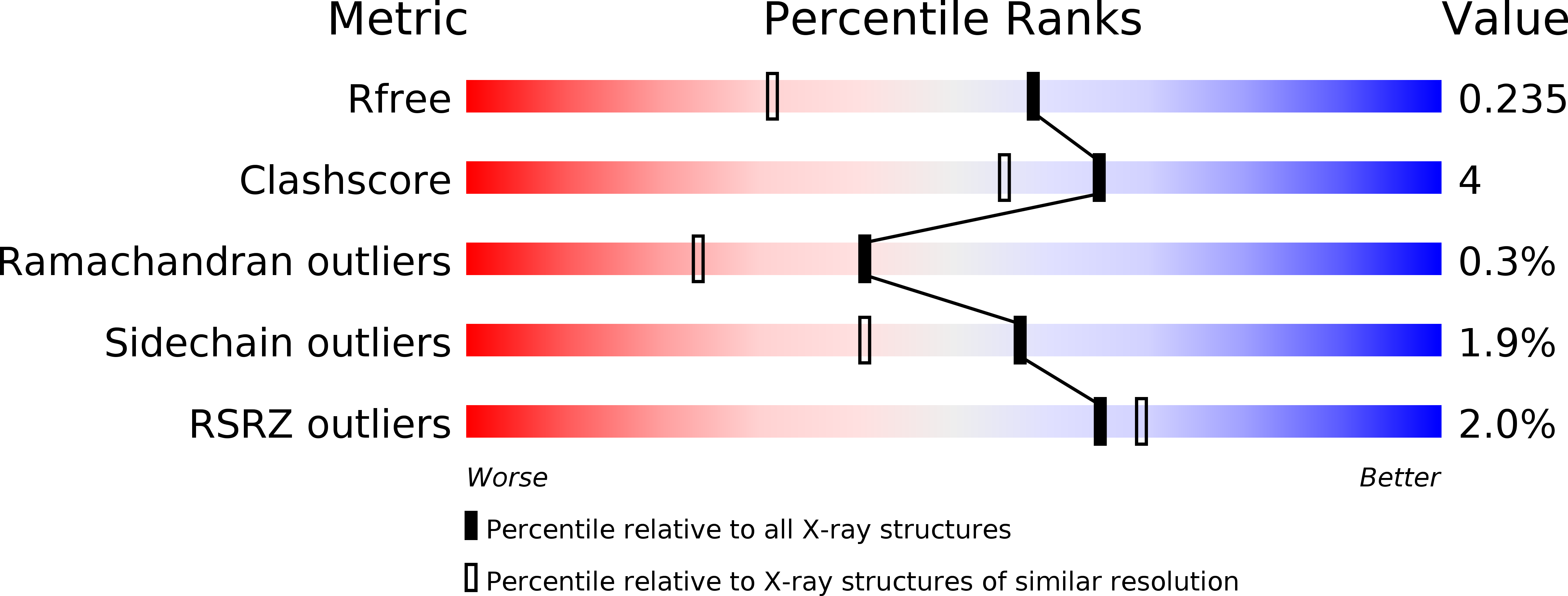
Deposition Date
2018-04-04
Release Date
2019-03-13
Last Version Date
2024-01-17
Method Details:
Experimental Method:
Resolution:
1.70 Å
R-Value Free:
0.22
R-Value Work:
0.18
R-Value Observed:
0.19
Space Group:
P 1 21 1


